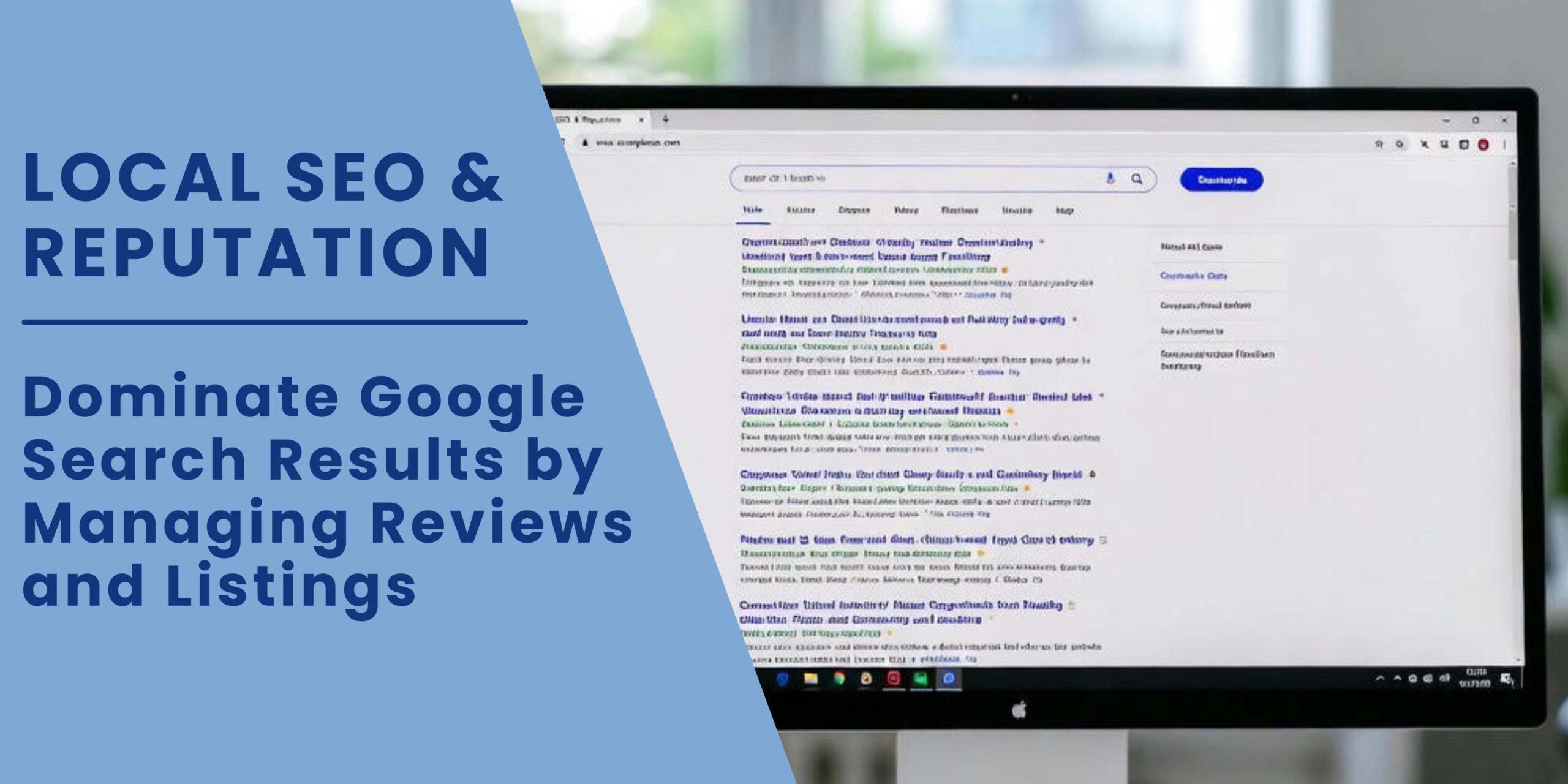In 2026, website owners face a new set of challenges- organic traffic is declining, paid ads are more expensive, and AI-powered search engines are changing how users discover content. If you’re frustrated by falling leads and traffic despite your best efforts, you’re not alone. This guide will help you understand why these changes are happening and how you can adapt your website for the future of SEO, focusing on Generative Engine Optimization (GEO) and Answer Engine Optimization (AEO).
Understanding the New Search Landscape
Due to shift to AI-powered searches, traditional SEO (Search Engine Optimization) activities are no longer enough. AI-driven platforms like ChatGPT, Perplexity, and Google’s AI Overviews now provide direct answers to users, often without them ever clicking through to a website. This phenomenon, known as “zero-click searches,” means that even top-ranking pages may see fewer visitors.
Why Is Organic Traffic Dropping?
- AI Answer Boxes Dominate: For many queries, AI-generated summaries and answer boxes appear above organic links, reducing click-through rates.
- Link Building Is Harder: Earning high-quality backlinks is more competitive and costly than ever.
- Content Saturation: With so much content available, only the most relevant and well-structured answers get featured by AI engines.
What Are GEO and AEO?
| Term | Focus | Goal |
| SEO | Traditional search engines (Google, Bing) | Rank web pages for user queries |
| GEO | AI-powered search engines (ChatGPT, Perplexity) | Get content quoted or summarized by AI tools |
| AEO | Answer engines (Google’s AI Overviews, voice assistants) | Be featured in answer boxes and direct responses |
- GEO (Generative Engine Optimization): Optimizing your content so AI tools choose it for answers and summaries.
- AEO (Answer Engine Optimization): Structuring content to appear in answer boxes, featured snippets, and voice search results.
Key Strategies to Boost AI-Driven Website Traffic
1. Combine SEO, GEO, and AEO
Don’t abandon traditional SEO—but blend it with GEO and AEO tactics to maximize your reach across all search platforms.
- Use keyword research for Google rankings.
- Structure content for AI and answer engines with clear, concise answers and conversational language.
- Target long-tail, question-based keywords that serve both human and AI audiences.
2. Create Content AI Loves
- Answer Real Questions: Research what your audience is asking. Use tools like Google’s “People Also Ask,” Reddit, and AI platforms to find common queries.
- Format for AI: Use headings, bullet points, and direct answers. AI prefers structured, easy-to-parse information.
- Focus on User Intent: Understand not just what users search, but why. Build content around solving their problems, not just stuffing in keywords.
3. Use Structured Data and Schema Markup
- Add schema markup (FAQ, HowTo, Article, etc.) to your HTML. This helps search engines and AI easily understand and feature your content in rich results and answer boxes.
- Use plugins or tools if you’re not a developer—structured data is essential for AEO success.
4. Optimize for Voice and Conversational Search
- Write in a natural, conversational tone.
- Include question-based headings and answers.
- Voice searches are growing, and AI engines favor content that mimics human speech.
5. Keep Content Fresh and Human
- Regularly update outdated or duplicate content. AI tools prioritize fresh, accurate information.
- Add your unique insights and experiences—AI can generate summaries, but human stories and expertise build trust and authority.
6. Build High-Quality Backlinks
- Focus on earning links from reputable websites, industry blogs, and influencers.
- Popular content is more likely to be cited by AI engines and featured in answer boxes.
7. Improve Website Speed and User Experience
- Fast-loading, mobile-friendly sites perform better in both traditional and AI-powered search results.
- Optimize images, reduce unnecessary scripts, and ensure smooth navigation.
8. Encourage User-Generated Content
- Enable comments, reviews, and community Q&As.
- AI engines value diverse perspectives and user engagement.
9. Use AI Tools—But Don’t Overdo It
- AI can help with research, topic clustering, and content outlines.
- Always add your own voice and insights—overusing AI-generated content can make your site generic and less trustworthy.
Common Mistakes to Avoid
- Ignoring Search Intent: Don’t just target keywords—solve real user problems.
- Writing for Robots: Content should sound natural and helpful, not robotic or repetitive.
- Neglecting Schema Markup: Without structured data, your content may be invisible to AI answer boxes.
- Letting Content Go Stale: Regularly audit and update your site to stay relevant.
- Focusing Only on Traffic: Track meaningful metrics like engagement and conversions, not just visits.
Future-Proofing Your Website
AI-driven search is here to stay. By combining traditional SEO with GEO and AEO, you can ensure your website remains visible, relevant, and competitive—no matter how search evolves. Focus on user intent, structure your content for both humans and AI, and keep your site fresh and authoritative.
If you need personalized help implementing these strategies, consider consulting with an expert for tailored advice.
In summary:
- Embrace AI-driven SEO, GEO, and AEO.
- Create structured, conversational, and user-focused content.
- Use schema markup and optimize for voice search.
- Keep your website fast, fresh, and authoritative.
- Blend AI tools with your unique human perspective for the best results.
Stay proactive, and your website can thrive—even in the age of AI search engines






